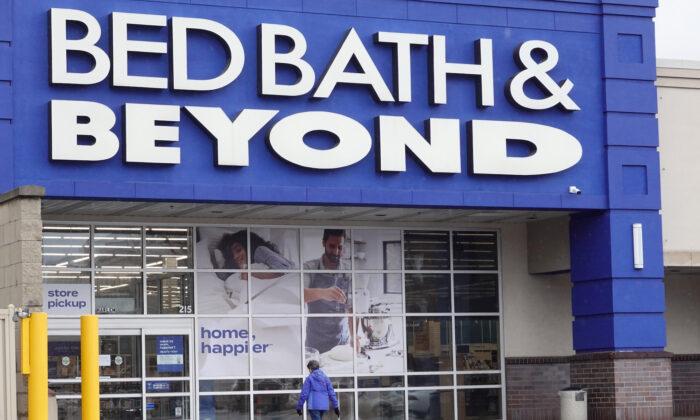U.S. corporate bankruptcies have reached their highest level since 2010.
Many American companies have been stumbling in the wake of the pandemic due to increasing interest rates, supply-chain issues, and rising costs.
Several of the firms have filed for bankruptcy after access to low interest loans and access to easy money began to wane.
“For 2009, there were 118 bankruptcies through April. In COVID-impacted 2020, there were 71 bankruptcies. In 2023, there have been 70. This is the third worst start to the year since 2000,” said Mike Shedlock, an economist.More Bankruptcies Expected in 2023
The number of American companies that have already gone bankrupt in 2023, in the first four months the year, has reached its highest level since 2010, according to data from S&P Global Market Intelligence.
“I’m not predicting something worse than 2008,” said hedge fund investor Stanley Druckenmiller during the 2023 Sohn Investment Conference, reported Fortune.There were 54 corporate bankruptcy petitions reported in April, down from 70 in March, but the amount of filings has more than doubled, to 236, from a year ago.
Consumer discretionary companies logged a higher number of bankruptcies than any other sector in 2023, according to S&P Global.
The greatest recent example was the collapse of the home goods retailer Bed Bath & Beyond, which filed for bankruptcy protection on April 23 after the company failed to secure funds to stay afloat.The company announced that it was no longer accepting coupons, but said that gift cards and loyalty certificates were still valid.
Inflation and Weak Consumer Demand Take Their Toll
There have been several other bankruptcies worth more than $1 billion in liabilities in 2023.
Whittaker, Clark & Daniels, for example, filed for bankruptcy protection this year after facing multitude of lawsuits alleging that its talcum products caused asbestos-related cancer.
Silicon Valley Bank Financial Group filed for bankruptcy protection back in March after its regional bank unit was taken over by the Feeral Deposit Insurance Corp., leading to other bank failures.
Diamond Sports Group, which was a local television broadcast provider for nearly half of NBA, NHL, and MLB games, recently filed for Chapter 11 recently, after rising in broadcast rights agreement cost and lower viewer numbers cut into profits.
Serta Simmons Bedding and Party City both filed for bankruptcy protection in January after rising costs cut into its consumer base.
The situation is expected to get worse as retailers face a major downturn due to the rising cost of capital and troubles in the loan sector.Other factors such as a weak residential real estate market, high levels of household debt, and persistent inflation are all taking a toll on consumer demand.
“The current environment of inflation, high-interest rates, and limited access to capital only exacerbates the problem for highly leveraged companies with large inventory loads and limited product diversity,” Gellert explained.
“These retailers, already burning through their cash reserves, are now at a greater risk of failure.”





